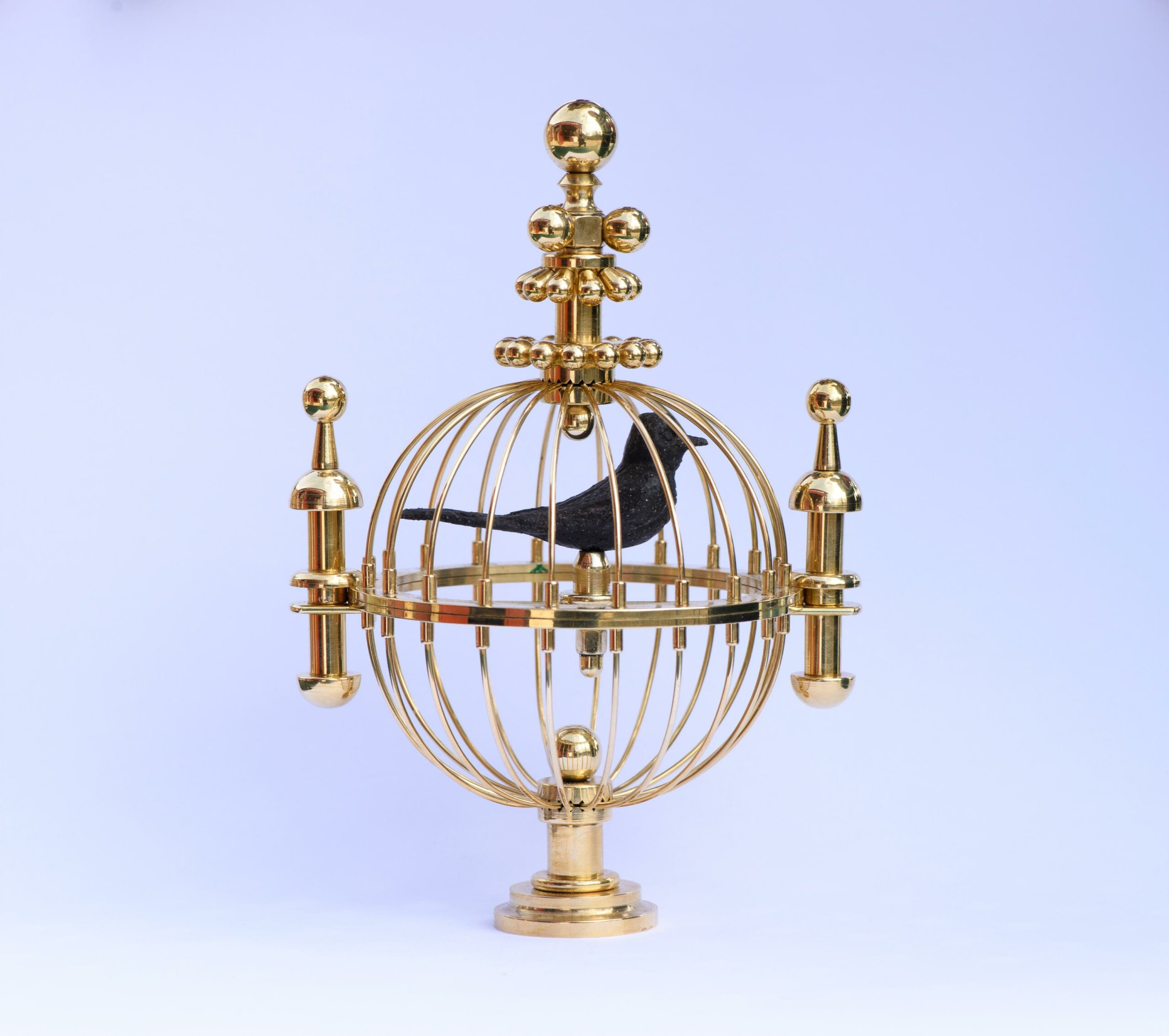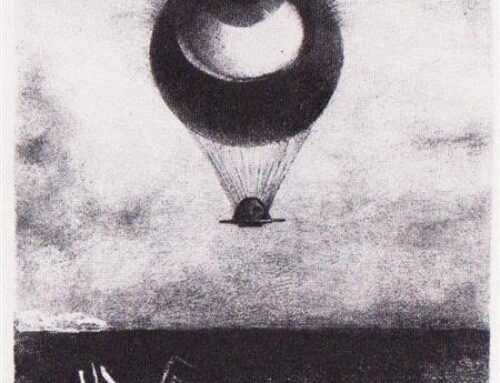Touted as a multi-sensory, olfactory experience, the exhibition shows that Leonardo got interested in perfumes after comparing the machinations of smell to those of sight and hearing. He collected commercially available perfumes, many of them made from oils, flowers, and animal and vegetable fats, and recorded their recipes. He took notes of distillation and maceration techniques: “Remove that yellow surface which covers oranges and distill them in an alembic,” he wrote in Codex Forster, “until the distillation may be said to be perfect.”….
During the Renaissance, perfumes were often placed in burners not unlike those that held incense, so the perfumes doubled as air fresheners that masked the omnipresent odor of unpleasant smells; Leonardo designed some of these objects. Perfumes were also used to guard against diseases, which at the time were believed to spread through miasma or foul, contaminated air.
One of Leonardo’s designs for a burning device was modeled after a bird known as an oiselet de cyphre….
Leonardo’s interest in perfumes may have been inspired by his mother Caterina, a mysterious woman who may have been an emancipated person taken to Italy from her home in the Caucasus by way of Constantinople….
H/t Dr. G. Heath King
For a related article, see here.






Leave A Comment